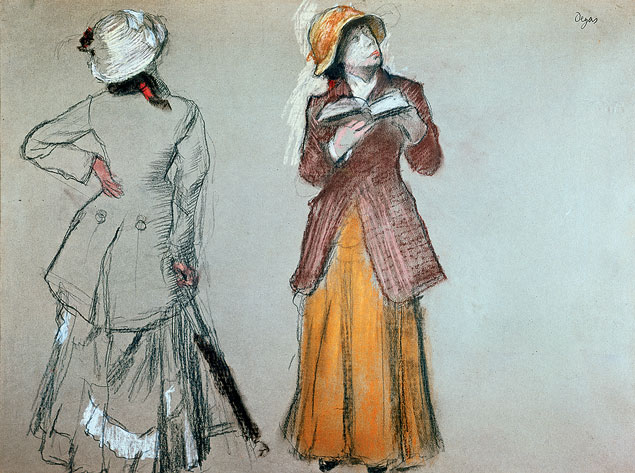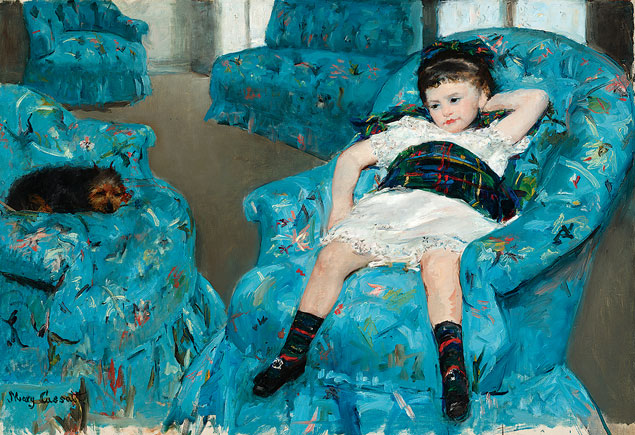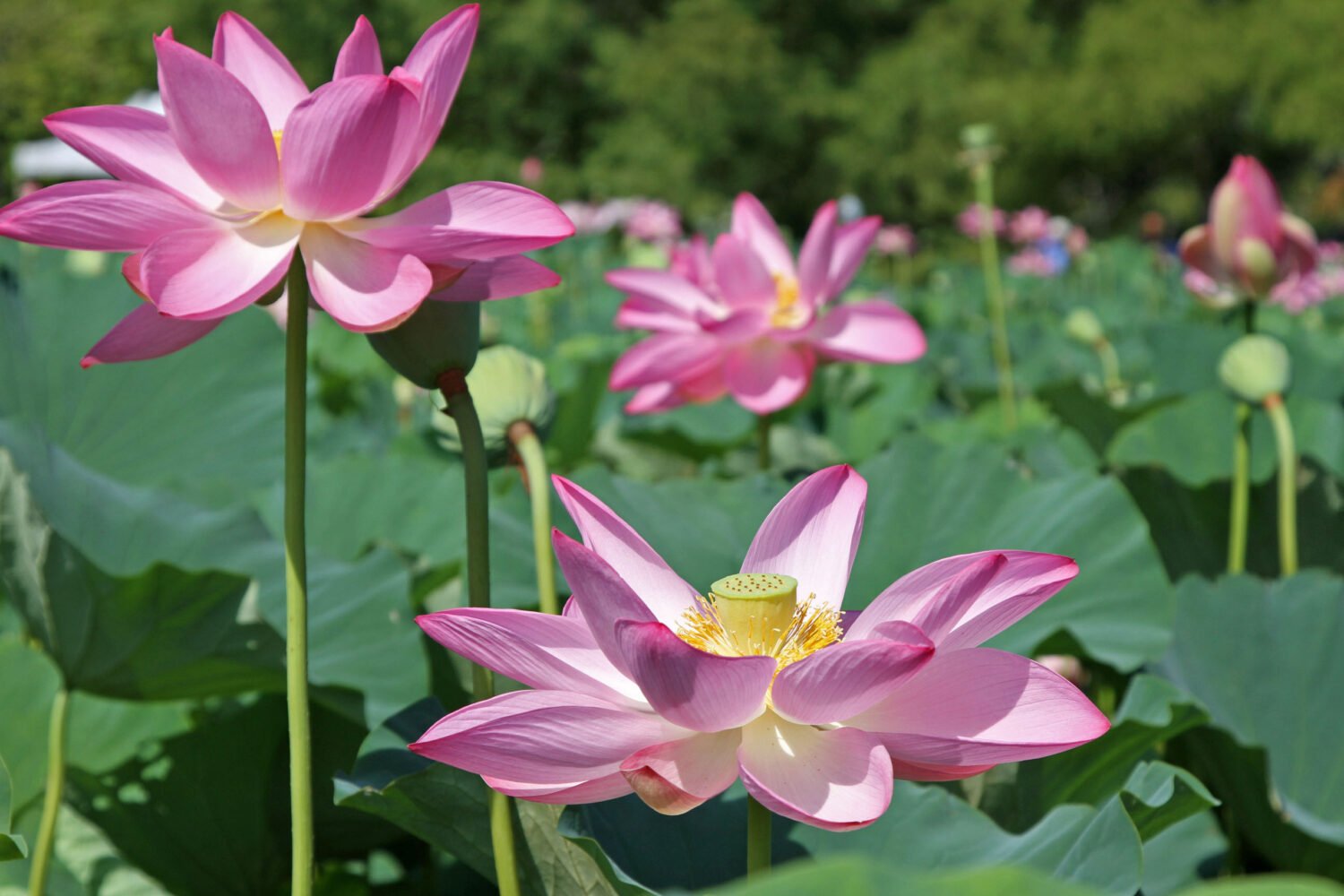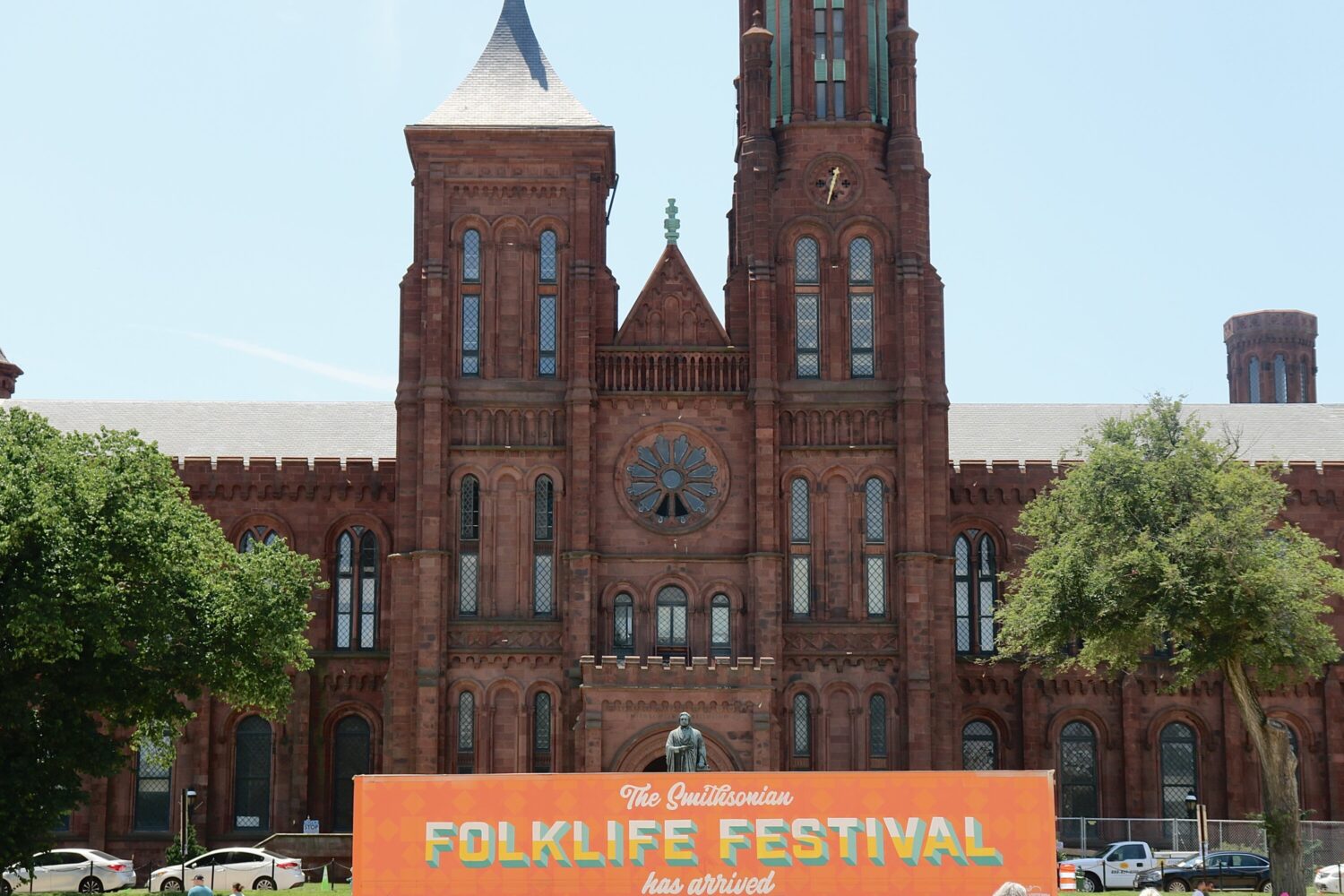History hasn’t typically interpreted Edgar Degas as a feminist, but the French painter’s relationship with American artist Mary Cassatt—the subject of the show “Degas/Cassatt,” opening May 11 at the National Gallery of Art—reflected a true respect and kinship. “One thing that’s nice about him is that he never thought about her in terms of being a woman painter,” curator Kimberly Jones says. “I think he just thought of her as a painter.”
Although Degas was a decade older and of a different nationality, in many ways he identified with Cassatt—whom he knew well and worked with—more easily than he did with other Impressionists. Both came from wealthy families and were well educated, and they eschewed the landscapes many other Impressionists painted in favor of focusing on the human form. Says Jones: “The story is that when he saw her art for the first time, he said, ‘Here’s someone who feels as I do.’ Neither one was accustomed to compromising in their art or in their personal lives.”
Researching the two artists’ relationship was a challenge because Cassatt burned all her correspondence before she died and Degas never kept his. His influence on Cassatt is generally accepted, but Jones and conservator Ann Hoenigswald delved deeply into the works they left behind to look for evidence that she was similarly influential on him. “It was a back-and-forth, and she was certainly the much more experimental figure when it came to etching,” Jones says. “Often she was going into completely new territory and he was looking at what she was doing and emulating her. I hope that when people see the show they’ll understand that she was absolutely his equal.”

Through October 5; nga.gov.
This article appears in the May 2014 issue of Washingtonian.















